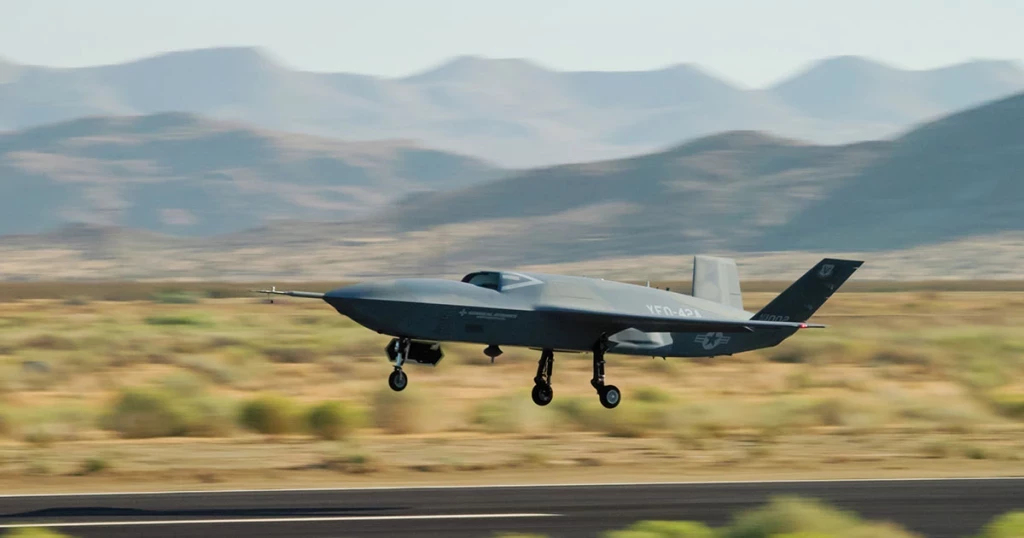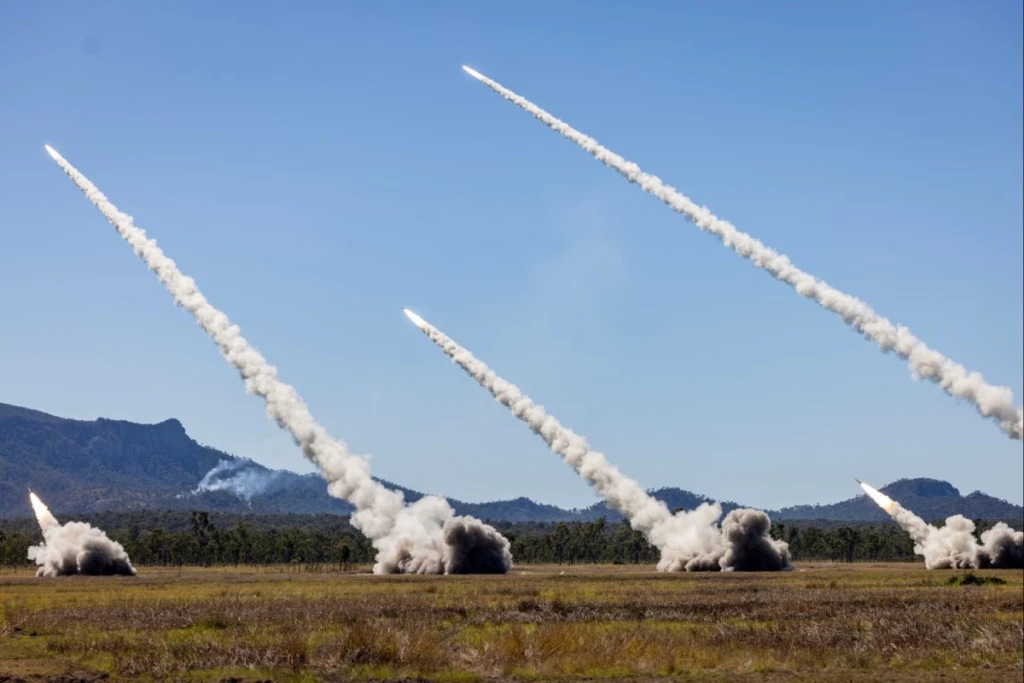The DoD's Counter UAS Strategy in 2020 and Beyond
Add bookmarkWe respect your privacy, by clicking "Download Your Copy" you agree to having your details passed onto the sponsor who may promote similar products and services related to your area of interest subject to their privacy policy. You have the right to object. In addition, you will receive our e-newsletter, including information on related online learning opportunities. For further information on how we process and monitor your personal data, and information about your privacy and opt-out rights, click here.
These days, anyone with a couple hundred dollars and a little ingenuity can turn a small, commercial drone into a military-grade weapon. In the past year alone, over 100 nefarious drone incidents and intrusions have been recorded in the media. (Dedrone, Worldwide Drone Incidents). More startlingly, the US Army’s 2016 UAS Report reported that more than 600 variants of UAS have been used in a military capacity in more than 80 nations, including the Islamic State in Iraq and Syria.
Though counter-drone technology is still in its infancy, the growing need for these solutions is clear. In 2018, the commercial drone market was valued at $5.80 billion, with an estimated 274.6 thousand units sold. However, according to a report by Grand View Research, the drone market is expected to grow by 56.5% by 2025. As commercial drones become increasingly available and, presumably, affordable, it’s no surprise that Frost & Sullivan expects C-UAS market revenues to exceed $2 billion by 2024.
Over the next few years, the DoD will be investing millions into the development, fielding and deployment of the latest counter-drone solutions. Though exactly how much they’ll be spending is a bit unclear. In 2019, the DoD has spent roughly $900 million on C-UAS solutions ranging from lasers to integrated systems. Though the DoD only requested $500 million in C-UAS funding for FY20, that by no means the C-UAS is any less of a priority. Instead, it looks like the military may be integrating C-UAS into broader programs and
focusing on modifying existing air defense solutions (Atherton, Kelsey. The Pentagon’s new budget is less drone filler, more drone killer).
In addition, there are signs that the DoD is rethinking their overall C-UAS strategy. For example, the DoD recently announced that they’re adopting a new approach to C-UAS acquisitions. As Kevin Fahey, the Assistant Secretary of Defense for Acquisition explained to the audience at Defense One's 2019 Summit, especially when it comes to Counter UAS solutions, they’re trying to steer away from the habit of developing new technologies and training requirements at the same time. Instead, they’re looking to develop a standard
processes around acquisition that include a near-annual evaluation of emerging technology available so "everyone can see the same stuff as we develop a common architecture on how we do UAS.” (Williams, DOD tweaks UAS acquisition strategies). While 2019 was all about acquiring and testing out the first generation of C-UAS, FY20 will be all about synchronizing counter-drone initiatives across the DoD and interoperability.
Want to continue reading?
The DOWNLOAD this in-depth report we take a look at the technologies shaping DoD's near-, mid- and far-term counter sUAS approach. DOWNLOAD to learn more about:
- The anti-drone tools and solutions the US military is currently leveraging such as electronic weapons, jammers and radar systems
- The groundbreaking solutions that are currently in development such as directed energy, the THOR system, drone swarms and more!
- The solutions and technology, such as AI and automation, that will define the next generation of counter UAS
We respect your privacy, by clicking "Download Your Copy" you agree to having your details passed onto the sponsor who may promote similar products and services related to your area of interest subject to their privacy policy. You have the right to object. In addition, you will receive our e-newsletter, including information on related online learning opportunities. For further information on how we process and monitor your personal data, and information about your privacy and opt-out rights, click here.





















